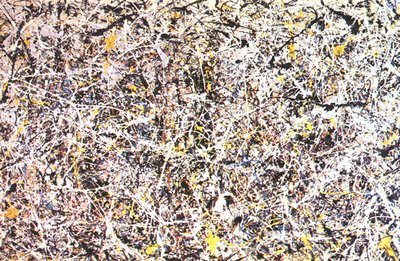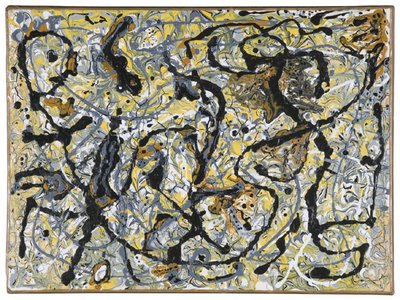The Math of Art
The Chronicle of Higher Education has a fascinating article about a math guy who uses computer software to authenticate artworks.
An excerpt...
In a phone call with Taylor, he said to me: "People often ask me, 'Why would you bring mathematics in to look at art?' My response is, 'Well, why not?' When I got into it, I didn't realize how close art and math are, but in retrospect, it's pretty clear. Both mathematics and art are all about pattern. I mean, it would be unusual that you would not apply mathematical analysis to the question."Taylor was consulted by the Museum of Modern Art (MOMA) to authenticate a cache of 'newly discovered' Pollacks.
In 1999 an e-mail message from the Museum of Modern Art's chief conservator, Jim Coddington (a Pollock scholar and strong supporter of computational techniques in art authentication), spurred Taylor to consider the idea that his work might be useful for identifying fakes. Taylor was put in touch with the Pollock-Krasner Foundation and in recent years has applied his fractal approach to 46 poured works of "unknown origins." (According to his agreement with the foundation, Taylor cannot disclose the outcome of those tests.) But the most recent, and highest profile, case of disputed authorship was presented by the six poured paintings of Alex Matter's cache.
The plot thickens as CBC (02/24/2006) reported...
Ellen Landau, professor of art history at Cleveland Museum of Art/Case Western Reserve University, has studied the works for more than a year. On Thursday she announced the works could not be fakes.Another twist as Eugene Thaw, veteran art dealer and another Pollock authority was quoted in the International Herald Tribune, saying...
"I've spent nearly half my life working on Pollocks, and if Ellen Landau's opinion prevails, people will happily buy them and they'll go into museums and books," he said, "but not the ones that I have anything to do with."Anyway, back to the math. Maybe you can authenticate the pattern of colour or brush strokes - but what about ideas? Is there a distinctive pattern in my attempt to use triangles for solving all of my problems?
How can I prove 'my buddy' Skipper takes all my comedy routines?





0 Comments:
Post a Comment
<< Home